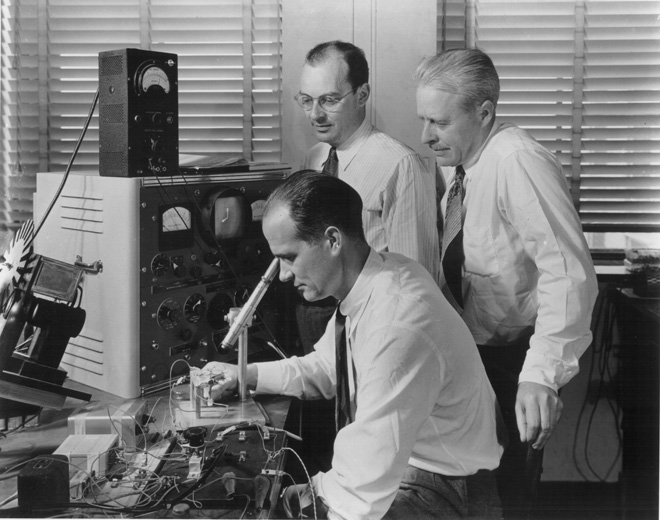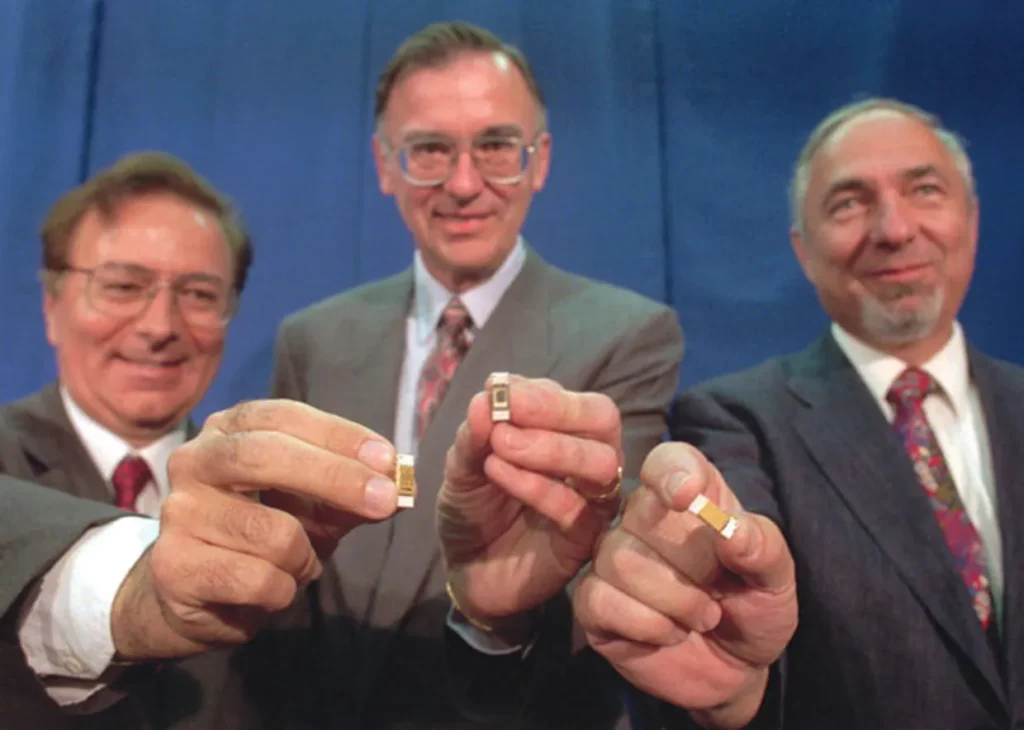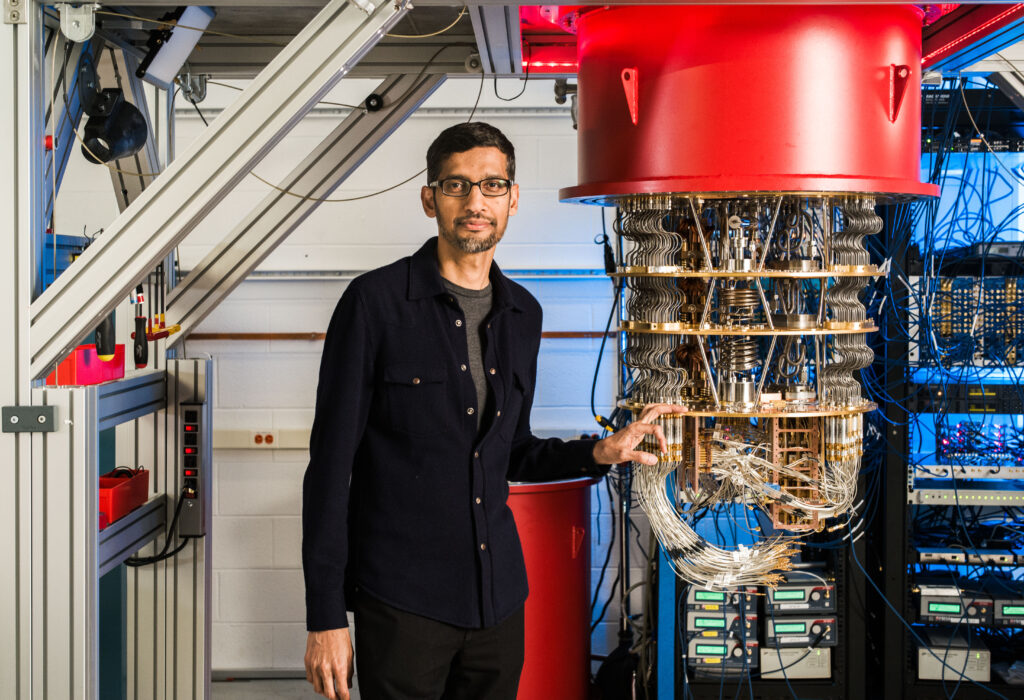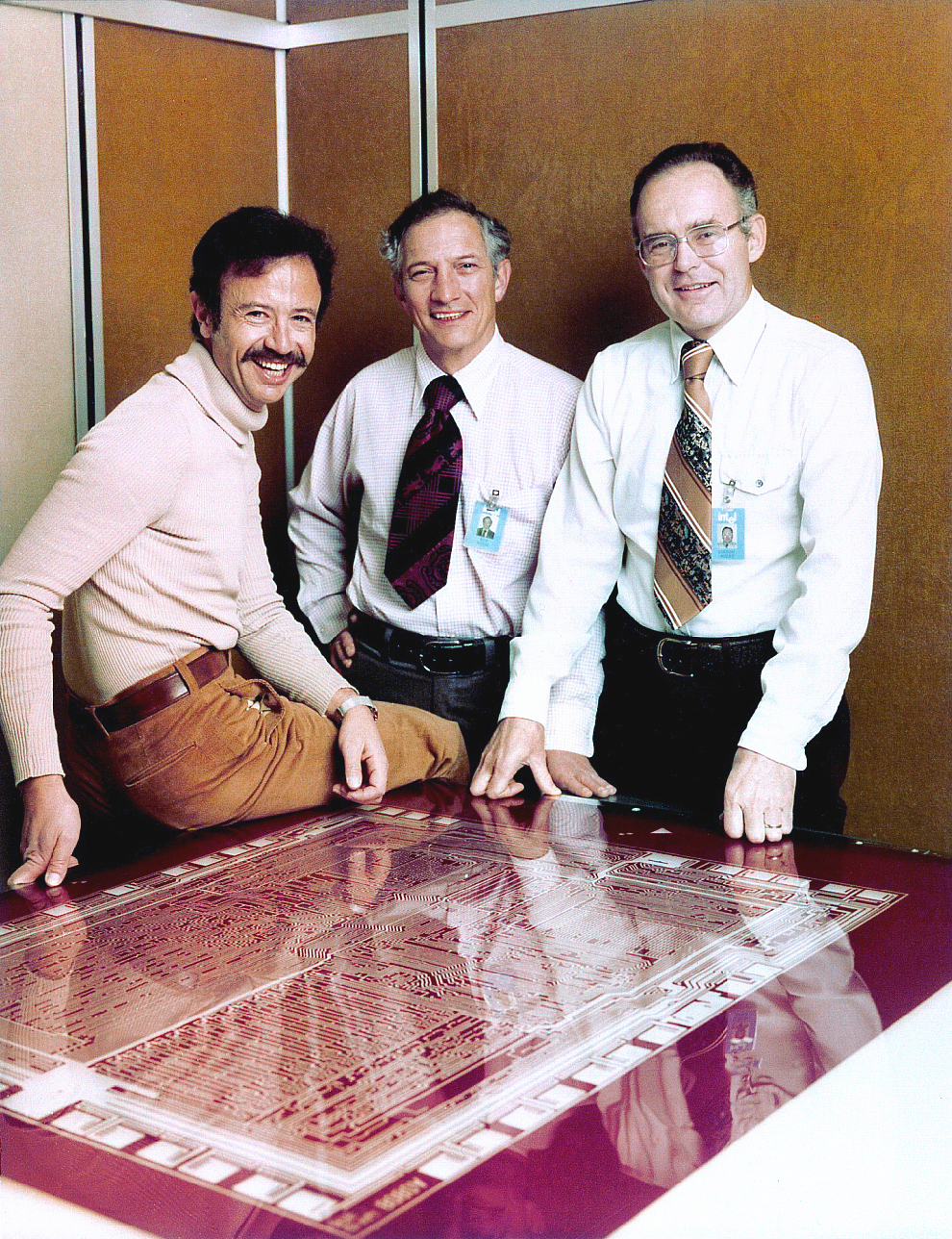Introduction:
The foundation of our modern technological landscape rests upon the remarkable achievements in semiconductor technology. From the birth of the transistor to the ongoing quest for quantum computing, the semiconductor History has been nothing short of extraordinary milestones.
In this comprehensive exploration, we will delve deeply into ten pivotal milestones that have not only defined the trajectory of semiconductors but have also transformed the way we live, compute, and connect.
Follow us on Linkedin for everything around Semiconductors & AI
10 Pivotal Milestones in History of Semiconductor
1. Invention of the Transistor (1947):

In the aftermath of World War II, the brilliant minds of John Bardeen, Walter Brattain, and William Shockley at Bell Labs gave birth to the transistor. This tiny, solid-state device replaced the bulky and unreliable vacuum tubes, heralding a new era in electronics. The transistor’s ability to amplify and switch electronic signals laid the groundwork for the subsequent semiconductor revolution.
2. Integrated Circuit (IC) Invention (1958):
The subsequent breakthrough came in the form of the integrated circuit (IC), independently conceived by Jack Kilby at Texas Instruments and Robert Noyce at Fairchild Semiconductor.

The IC allowed the integration of multiple transistors, resistors, and capacitors onto a single chip, dramatically reducing size and enhancing performance. This innovation became the cornerstone of modern electronic devices.
3. MOSFET Invention (1959):
The Metal-Oxide-Semiconductor Field-Effect Transistor (MOSFET), a brainchild of Mohamed Atalla and Dawon Kahng at Bell Labs, introduced a new level of versatility and efficiency in semiconductor technology.
The MOSFET’s ability to control the flow of electrons through a semiconductor channel marked a pivotal moment, setting the stage for the widespread adoption of complementary metal-oxide-semiconductor (CMOS) technology.
4. Microprocessor Development (1971):
Intel’s introduction of the 4004 microprocessor by Marcian Hoff, Federico Faggin, and Stanley Mazor marked a watershed moment in computing history.

The microprocessor, a complete CPU on a single chip, paved the way for the development of personal computers and the subsequent digital revolution.
5. EPROM Introduction (1971):
Dov Frohman’s invention of the Erasable Programmable Read-Only Memory (EPROM) represented a leap forward in data storage technology.
EPROM allowed for the reprogramming and erasure of stored data, laying the groundwork for the development of non-volatile memory and influencing subsequent storage innovations.
Read More: Explained: What the hell is memory?
6. First Commercial Flash Memory (1984):
Toshiba’s introduction of the first commercial NAND-type flash memory signaled a revolution in non-volatile storage solutions.

Flash memory, with its ability to retain data even without power, became a ubiquitous component in devices ranging from USB drives to sophisticated solid-state drives (SSDs).
Read More: https://techovedas.com/who-invented-memory-intel-or-toshiba/
7. Gallium Nitride (GaN) Transistor Development (1993):
The pioneering work at Bell Labs on Gallium Nitride (GaN) transistors marked a significant advancement in power electronics.

GaN transistors offered higher power efficiency and faster switching speeds compared to traditional silicon transistors, making them indispensable in high-frequency applications and power systems.
8. Deep-UV Lithography (1997):
The introduction of deep-ultraviolet (DUV) lithography was a breakthrough in semiconductor manufacturing.

This technology allowed for the production of smaller feature sizes. This enabled the creation of more densely packed and powerful integrated circuits.
9. Introduction of FinFET Transistors (2011):
Researchers at UC Berkeley and Intel collaborated to develop FinFET technology, a three-dimensional transistor design.

FinFETs provided improved power efficiency and performance, addressing challenges posed by the shrinking dimensions of traditional transistors. This innovation is now widespread in modern CPUs and GPUs, enhancing computational capabilities.
10. Quantum Computing Milestones (ongoing):
In recent years, quantum computing has emerged as a frontier in computing technology. Researchers are exploring the principles of quantum mechanics to develop quantum bits (qubits) and quantum gates.

While practical applications are still in the experimental stage, the potential of quantum computing to revolutionize complex problem-solving and cryptography is captivating the imagination of the scientific community.
Conclusion:
10 Pivotal Milestones in History of Semiconductor is an awe-inspiring chronicle of human innovation and technological progress. From the invention of the transistor, which initiated the semiconductor era, to ongoing quantum computing explorations, each milestone represents a triumph of intellect and determination.



